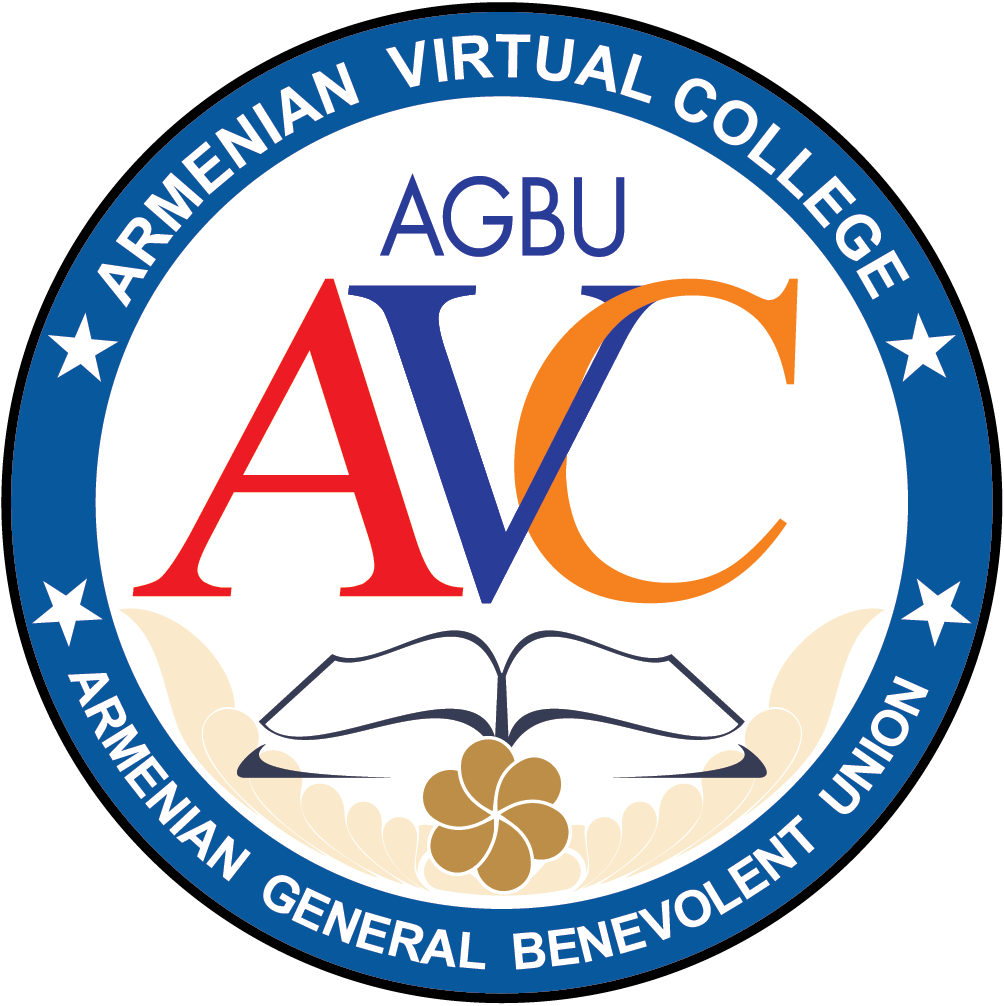Регулярный студент (8 недель)
Зарегистрировавшись в качестве регулярного студента, Bы должны будете следовать учебному графику, который будет представлен вашим инструктором в течение ориентационной недели, и при успешном завершении учёбы Вы получите 4 кредита за каждый оконченный курс.
Регулярный студент (16 недель)
После успешного завершения каждого курса, длительность которого составляет 16 недель (2 академических семестра), студент получит 4 кредита.
Студент – вольнослушатель (8 недель)
Зарегистрировавшись на курсы в качестве студента-вольнослушателя, у Вас будет более свободный график. Предполагается, что студент-вольнослушатель также должен следовать графику регулярного студента, выполняя недельные задания. Поощряется участие вольнослушателя в совместной работе группы, сдача экзаменов вольнослушателем не предусматривается. В конце курса студент-вольнослушатель получает зачёт/незачёт.
Студент – вольнослушатель (16 недель)
Зарегистрировавшись на курсы в качестве студента-вольнослушателя, у Вас будет более свободный график. Предполагается, что студент-вольнослушатель также должен следовать графику регулярного студента, выполняя недельные задания. Поощряется участие вольнослушателя в совместной работе группы, сдача экзаменов вольнослушателем не предусматривается. После завершения каждого курса, длительность которого составляет 16 недель (2 академических семестра), студент получит зачёт/незачёт.
Студент программы асинхронного самообучения (СПАС)- для кредита
Регистрация на курсы ПАС всегда открыта. Каждый курс состоит из восьми занятий. Продолжительность курса не должна превышать 16 недель.Вы получите 4 кредита за каждый оконченный курс.
Студент программы асинхронного самообучения (СПАС)- без кредита
Регистрация на курсы ПАС всегда открыта. Каждый курс состоит из восьми занятий. Продолжительность курса не должна превышать 16 недель. Студент получит зачёт/незачёт.
Студент гибридного класса
Студент гибридного класса участвует в гибридный программе АВК в соответствии с соглашением, достигнутым между АВК и и школой заявителяем/сообществом. Студент гибридного класса вместе со своими одноклассниками следит за уроками в классе под руководством учителя, и активно участвует в процессе обучения, обсуждениях на форуме, онлайн встречах с инструктором АВК и со студентами других гибридных классов










